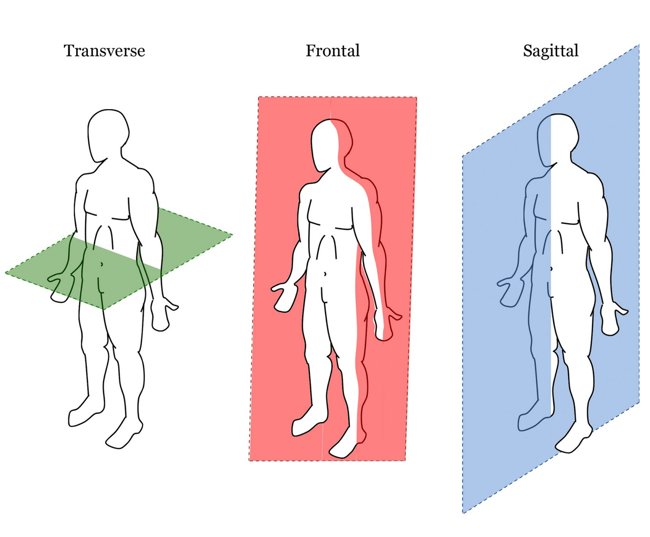Why is Early Intervention so important for the Treatment of Acute Lower Back Injuries?
As most of us know and have heard early intervention is always best when it comes to the rehabilitation for acute injuries. But why is this so important and what can we improve to ensure the best outcome for an injured individual?
As an exercise physiologist specialising in the workers compensation system, it is very common to be referred an injured worker months after their injury. This could mean that the worker has had no active treatment, may have poor coping strategies, a lack of education about their injury and the recovery timeframes, have had little assistance navigating the workers compensation system, and could have commenced no return to work to assist with a return to function.
Studies have shown that with acute lower back injuries early intervention is more effective in the short term than advice on staying active, leading to more rapid involvement in function, mood, quality of life, and general health. An additional and highly important point found was that the timing of intervention affects the development of psychosocial features, which are very common in the workers compensation system. If treatment is provided later, the same psychosocial benefits are not achieved. Therefore, early intervention is a necessity for improving an individual’s function, mood, quality of life, general health and decreasing the development of biopsychosocial features that can hinder an injured workers engagement in a return-to-work plan, treatment compliance, and their return to pre-injury function.
At Absolute Balance we understand that during the initial assessment with an individual it is crucial to focus on explaining the cause of pain and instructions to stay active, which studies show can promote long-lasting physical and mental health in individuals with acute lower back pain. Returning to work is a part of returning to function and research indicates that not implementing early intervention for acute work-related back pain can lead to high pain and disability, low recovery expectations, and fears that work may increase pain or cause harm which are risk factors for chronic work disability.
If you would like more information on individualised client-focused goal setting and how to build stronger rapport with your clients, please do not hesitate to contact us at info@absolutebalance.com.au.

Jason Peschke
Accredited Exercise Physiologist (AEP) (ESSAM)
References
Turner, Judith A. Et al. Worker Recovery Expectations and Fear-Avoidance Predict Work Disability in a Population-Based Workers’ Compensation Back Pain Sample, Spine: March 15, 2006 – Volume 31 – Issue 6 – p 682-689.
Wand, M Benedict et al. Early Intervention for the Management of Acute Low Back Pain, Spine: November 1, 2004 – Volume 29 – Issue 21 – p 2350-2356.
Whitfill, T., Haggard, R., Bierner, S.M. et al. Early Intervention Options for Acute Low Back Pain Patients: A Randomized Clinical Trial with One-Year Follow-Up O




